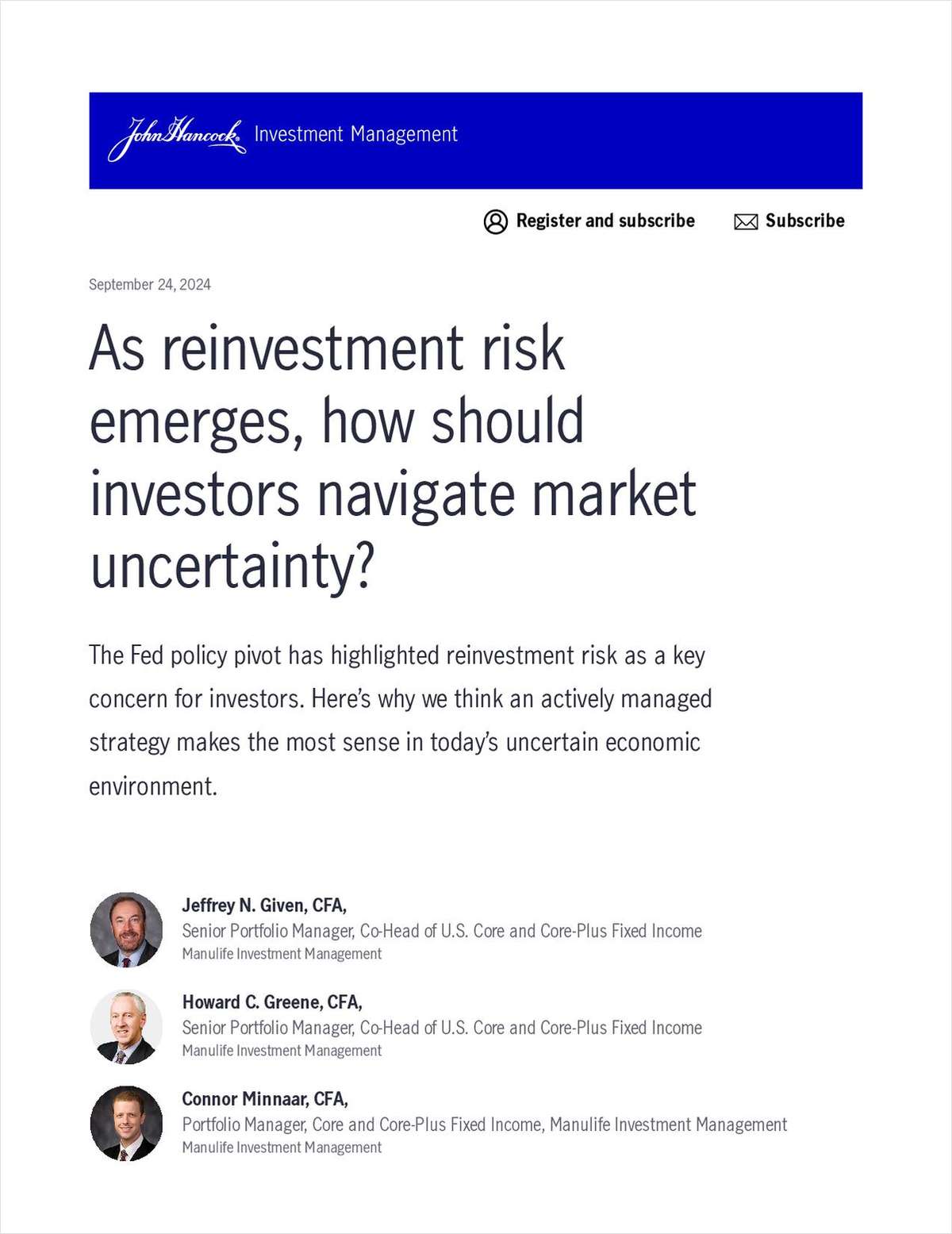
10 States Where Stroke May Hurt Your Sales
When you sell medically underwritten products, stroke is a demon. About 800,000 people in the United States suffer a stroke each year, according to survey results from the National Institutes of Health. Although three-quarters of the stroke victims are over the age of 65, strokes can affect younger people, too. Many of the consumers most eager and able to buy personal protection insurance are ages 45 to 54. Stroke has already hurt many of those prime age consumers' insurability. One great source of raw data on the prevalence is the Centers for Disease Control and Prevention's Behavioral Risk Factor Surveillance System (BRFSS). We used the latest BRFSS data, from 2016, to create a list showing the percentage of prime age residents in each state who, in 2016, had already had strokes. (Related: 10 Top States for Obesity, for the CDC's Highest Earners) Stroke prevalence in the 45-54 age group in 2016 ranged from under 1.2%, in Rhode Island, to over 5%, in two states. The median was about 2%. To see the states where the stroke prevalence rate for prime age residents looked the worst, see the data card gallery above. For an alphabetical list of 2016 stroke prevalence for the 45-54 age group in all 50 states, click here. What Agents Can Do About Stroke Risk For a younger consumer, suffering a stroke may make it much harder to qualify to buy life insurance, disability insurance, long-term care insurance, or any other products free from the Affordable Care Act restrictions on underwriting for major medical insurance. Here are three ways agents can address this problem.
- Sell more insurance. Today.
One of the most important uses of stroke prevalence data is as a motivating factor for young prospects: Agents must stress the importance of buying medically underwritten coverage as early as possible, when most prospects and clients are still healthy.
- Sell the idea of wellness.
Agents should also stress the importance of prospects and clients taking care of their health, to preserve their ability to buy coverage later in life.
- Know how to help clients who have had strokes.
Clients who have already had strokes may still have some ability to buy products such as life insurance or disability insurance. Many insurers, reinsurers, insurance marketing organizations (IMOs), and underwriting consultants talk about stroke underwriting requirements and procedures on their websites. Pinney Insurance, for example, an IMO, has an article on its website that discusses the differences between underwriting for a transient ischemic attack and a full-blown cerebrovascular accident. Cassani Insurance has posted a number of life insurance company underwriting guides that show how the insurers handle applicants who have had strokes. Factors that may affect how underwriters evaluate strokes include:
- The need to take medications, on an ongoing basis, as a result of the stroke.
- The presence of chronic conditions, such as high blood pressure or diabetes, that could lead to another stroke.
- Any signs of permanent neurological damage.
— Read also, on ThinkAdvisor:
- 4 Reasons to Look, Hard, at Vision Coverage
- 5 Worst States for Diabetes
- Know the Difference: Chronic Illness vs. LTCI Riders
— Connect with ThinkAdvisor Life/Health on Facebook and Twitter.
© 2024 ALM Global, LLC, All Rights Reserved. Request academic re-use from www.copyright.com. All other uses, submit a request to [email protected]. For more information visit Asset & Logo Licensing.
Featured Resources
View All
Sponsored by Addepar
Tech Is the New Talent Magnet: Firms That Invest in Innovation Attract Top Advisors

Sponsored by John Hancock Investment Management
As Reinvestment Risk Emerges, How Should Investors Navigate Market Uncertainty?







